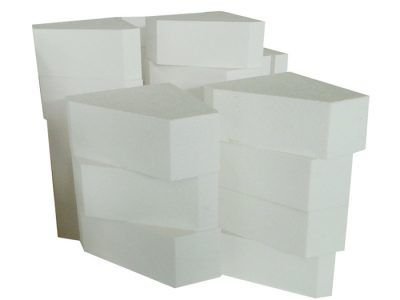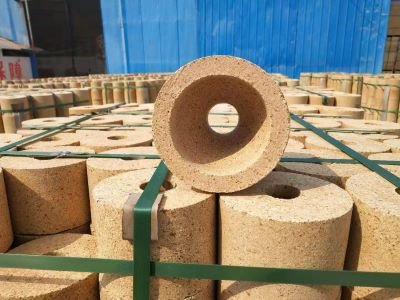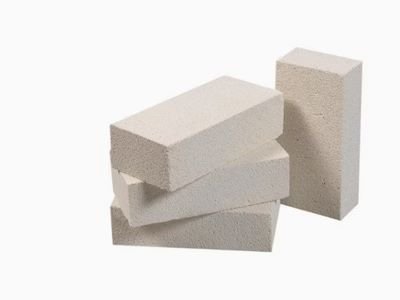As core equipment in high-temperature industries, the performance of the refractory materials used in kilns directly impacts production efficiency and operational safety. Alumina bubble bricks, with their unique material properties, are becoming an increasingly important choice in the kiln refractory field.
1.Material composition and lightweight properties
First, alumina bubble bricks are primarily composed of high-purity alumina (Al₂O₃). Alumina is formed into hollow spheres through a special process and then sintered at high temperatures.

This hollow sphere structure results in a density significantly lower than that of traditional refractory bricks, typically only about 50% that of conventional materials.
Furthermore, the micropores between the hollow spheres further reduce the overall weight, alleviating the load-bearing load on the kiln body and thus lowering infrastructure costs.
For large kilns, this lightweight feature also reduces transportation and installation difficulties, improving construction efficiency.
2.Excellent high temperature resistance and thermal insulation performance
Alumina bubble bricks offer outstanding high-temperature resistance. Their refractoriness can reach over 1800°C, meeting the requirements of most high-temperature kilns (such as ceramic firing kilns and metallurgical heating furnaces).
More importantly, their hollow sphere structure imparts low thermal conductivity, typically only 0.6-1.0 W/(m·K) at 1000°C, significantly lower than traditional clay bricks or high-alumina bricks.

This means that during kiln operation, alumina bubble bricks effectively reduce heat loss through the furnace walls, improving thermal efficiency and thus reducing energy consumption.
For kilns requiring precise temperature control, this insulating property also helps maintain temperature uniformity within the furnace, improving product quality.
3.Good thermal stability and service life
Alumina bubble bricks offer excellent thermal shock resistance.
Kilns experience rapid temperature fluctuations during startup and shutdown. Traditional refractories are susceptible to cracking or spalling due to thermal stress. However, the hollow sphere structure of alumina bubble bricks buffers thermal expansion and reduces cracking.
Furthermore, their high-purity alumina content imparts strong corrosion resistance, effectively resisting erosion from high-temperature slag and alkaline gases, extending the service life of the kiln lining.
4.Key considerations when choosing
First, it’s important to select the appropriate hollow alumina sphere grade based on the specific kiln type and operating temperature. For example, batch kilns can prioritize thermal shock resistance, while continuous high-temperature kilns require greater attention to high-temperature resistance.

Also, considering the kiln’s construction conditions, prioritize bricks with regular dimensions and easy masonry to reduce the number of joints and improve the integrity of the furnace.
Finally, a comprehensive assessment of initial investment and long-term benefits is necessary. While alumina bubble bricks are more expensive per unit than traditional refractory materials, their energy-saving, consumption-reducing, and extended lifespan can significantly reduce overall lifecycle costs, making them a more economical choice.
In summary, selecting the right refractory brick supplier and rationally selecting and using alumina bubble bricks can effectively improve kiln operating efficiency and economic benefits, providing reliable support for the development of the high-temperature industry.
